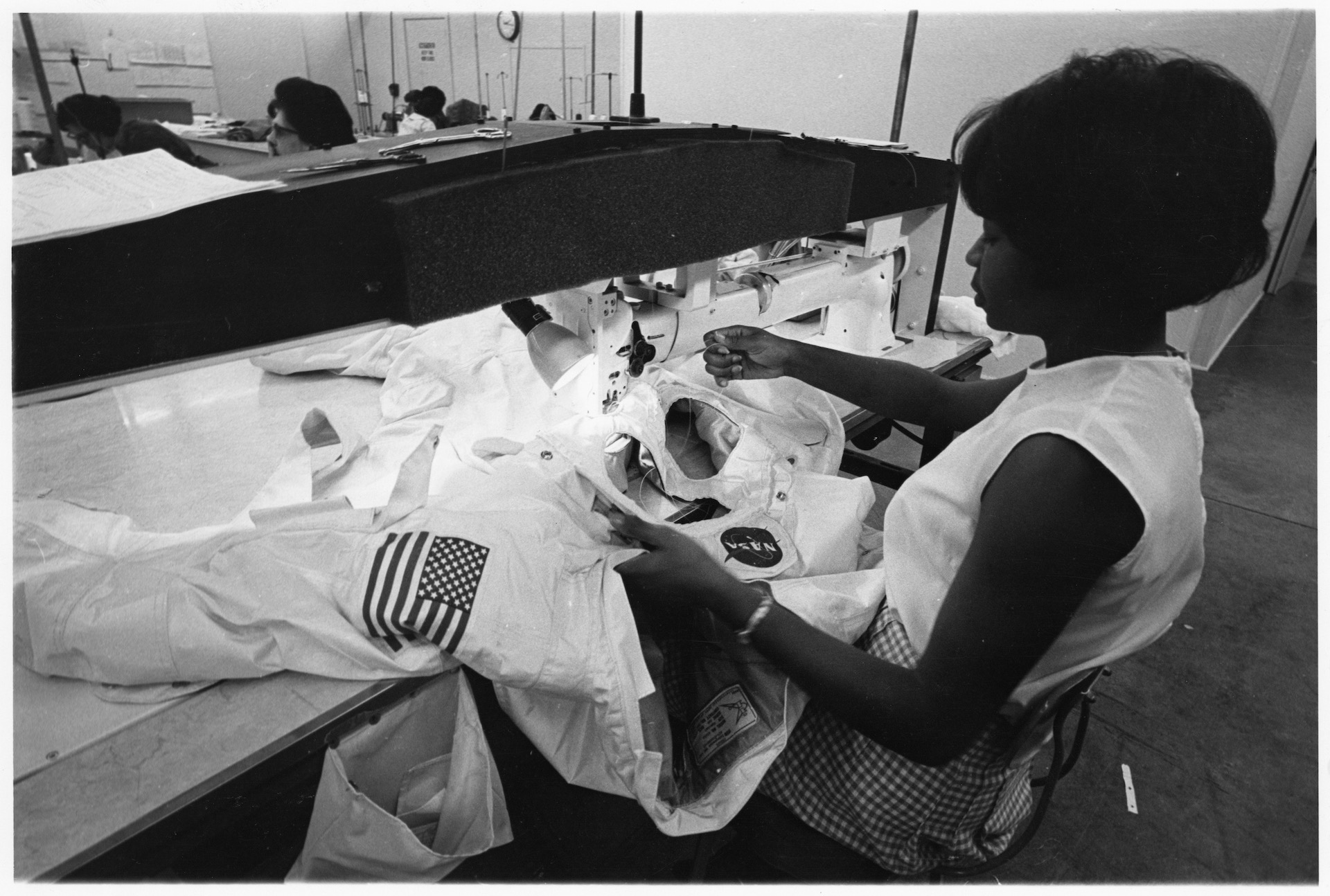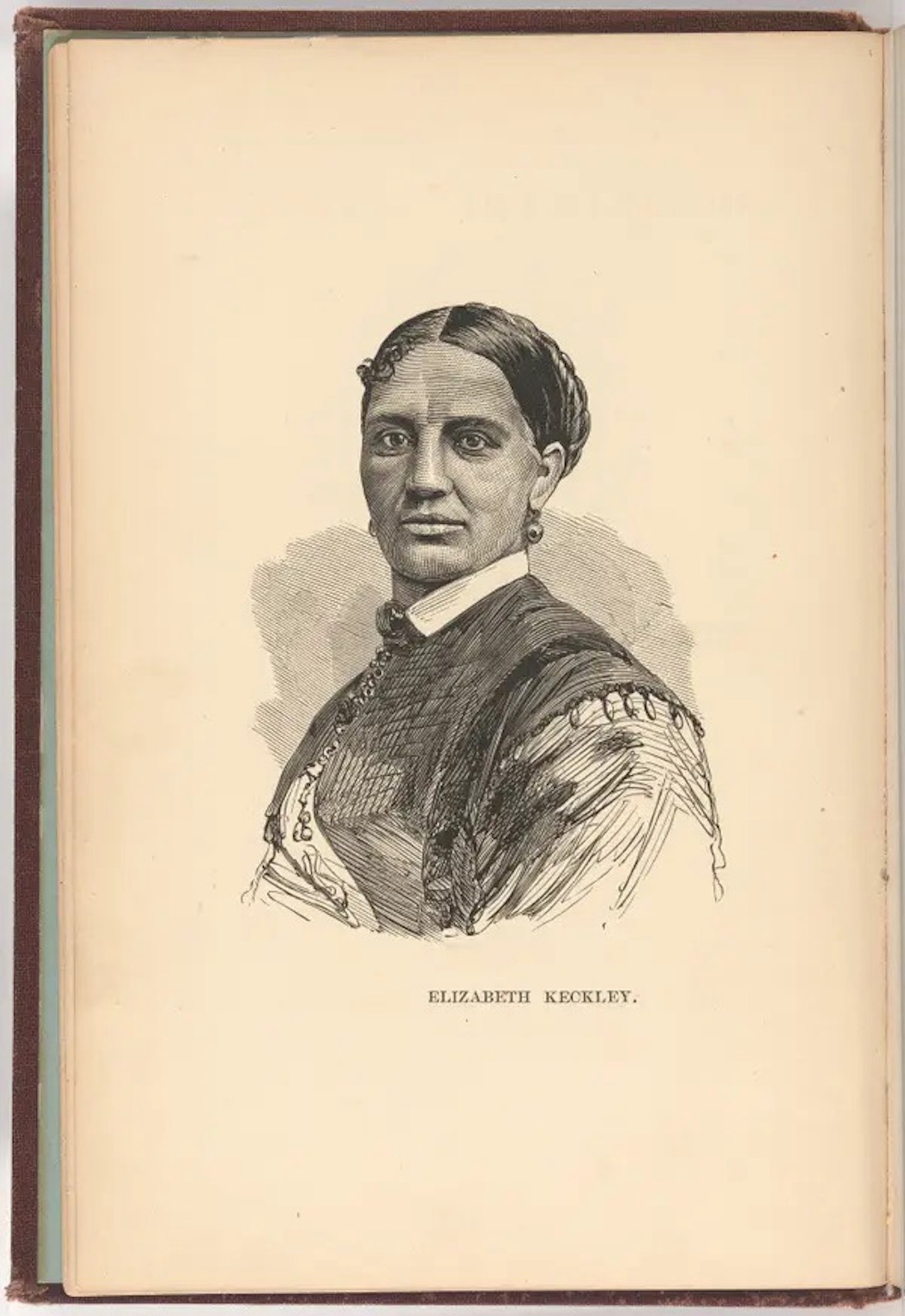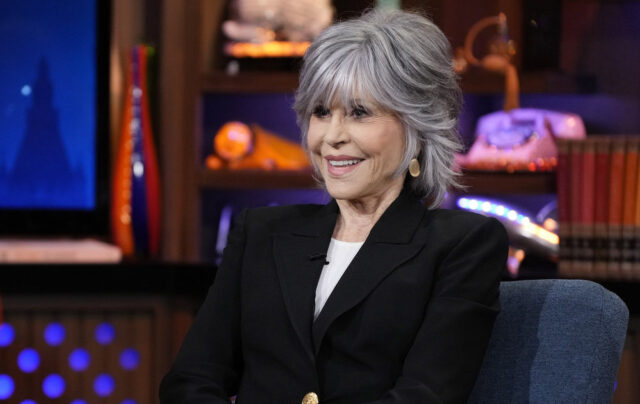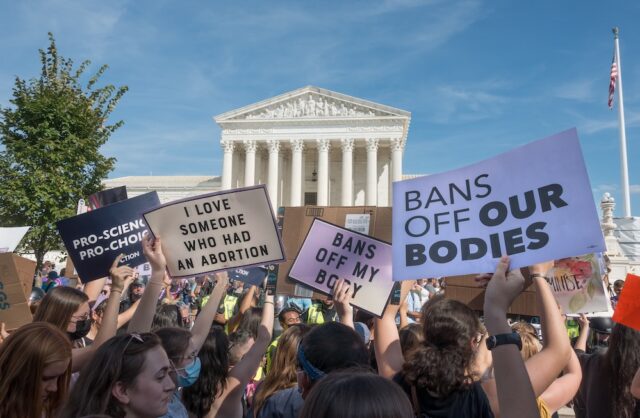Unveiling Forgotten Legacies: New Exhibit Journeys Through Women’s History
The digital exhibit, “Becoming Visible,” will shed light on five exceptional women whose achievements often go unnoticed.
Margaret E. Knight, a pioneering inventor in the 19th century, transformed paper bag production with her revolutionary machine and despite facing many obstacles, including a legal battle over her design, Knight obtained a patent for her invention. A patent is a right granted for an invention. She gained 27 patents by 1914. However, her name is still relatively obscure today.
The Smithsonian American Women’s History Museum presents its inaugural virtual showcase, “Becoming Visible,” highlighting Knight’s accomplishments and those of other overlooked women. Rosario Dawson, a museum board member, narrates this significant exhibition.
I am proud to announce that I am a founding member of the @Smithsonian American Women's History Museum advisory council alongside many incredible women, like @BillieJeanKing, @toryburch & @jeancase.
— Lynda Carter (@RealLyndaCarter) September 2, 2021
Join me in supporting this important project: https://t.co/zdk4UWNMFh pic.twitter.com/a00aHcsGUy
Launching on International Women’s Day, March 8, the exhibit uses expert interviews, artifacts, and archives to provide a glimpse of the museum’s future offerings. Despite Congress approving plans in 2020, the museum is still a decade away from opening and lacks a site or collection.
Interim director Melanie A. Adams oversees preparations for announcing the museum’s permanent leader. Last summer, Nancy Yao stepped down from her founding director position amid an investigation into her handling of sexual harassment allegations at the Museum of Chinese in America with a Smithsonian spokesperson cited personal reasons for Yao’s departure.
Among the remarkable women featured in “Becoming Visible” is Elizabeth Hobbs Keckley, a formerly enslaved dressmaker for Mary Todd Lincoln. Keckley’s memoir, Behind the Scenes, revealed her experiences, though it received little promotion. However, the exhibit will showcase Keckley’s memoir and dresses she made for the first lady.
#OnThisDay in 1913 the first march for women's suffrage in DC took place. The Woman Suffrage Procession marked a turning point in the decades-long fight for the right to vote.
— Smithsonian American Women's History Museum (@SIAmericanWomen) March 4, 2024
Learn more: https://t.co/zvDC3sb7Zx #WomensHistoryMonth #SmithsonianWHM #SmithsonianWomensHistory pic.twitter.com/fFlHQo08xh
The exhibit also honors Isabel Morgan, a key figure in polio vaccine development; Hisako Hibi, a Japanese American painter capturing internment camp life during WWII; and Hazel Fellows, a sewist involved in crafting Apollo spacesuits.
Although the museum’s budget is still uncertain, it is expected to exceed the $540 million spent on the National Museum of African American History and Culture. So far, $65.5 million has been secured from donors like Tory Burch, Alice L. Walton, and Melinda French Gates.






